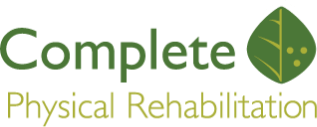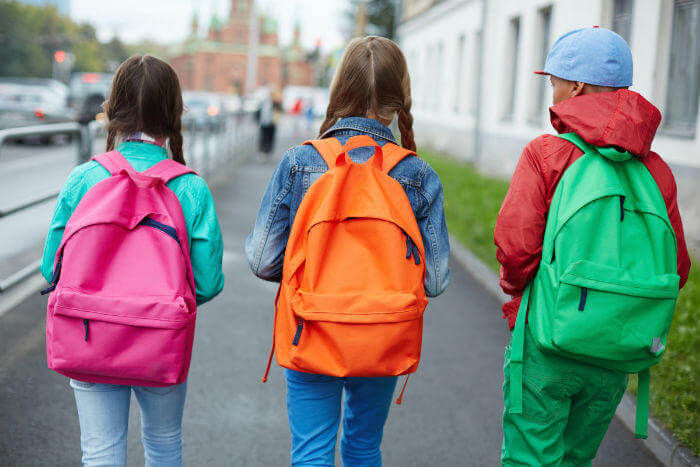As the summer ends, we all, as parents, are going through our yearly ritual of getting our kids reading for the upcoming school year. As I dropped my kids off for the first day of school, I found myself staring at all these kids, all, unfortunately, with bad back pack form. I just shook my head, as I just knew that back pain was just around the corner. Despite their potential problems, backpacks are great when used properly. Before you buy one, though, consider a backpack’s construction.

Look for the following to choose the right backpack:
- Lightweight pack: get one that doesn’t add a lot of weight to your child’s load; for example, leather packs look cool, but they weigh more than canvas backpacks
- Two wide, padded shoulder straps: straps that are too narrow can dig into shoulders
- Padded back: it not only provides increased comfort, but also protects kids from being poked by sharp objects or edges (pencils, rulers, notebooks, etc.) inside the pack
- Waist belt: this helps to distribute the weight more evenly across the body
- Multiple compartments: to help distribute the weight throughout the pack
Although packs on wheels (which look like small, overhead luggage bags) may be good options for students who have to lug around really heavy loads, they’re very hard to pull upstairs and to roll through snow. Check with the school before buying a rolling pack; many don’t allow them because they can be a tripping hazard in the hallways.
Using Backpacks Wisely
To help kids prevent injury when using a backpack:
- Lighten the load. No matter how well-designed the backpack, less weight is always better. Use the bathroom scale to check that a pack isn’t over 10% to 15% of your child’s body weight (for example, the backpack of a child who weighs 80 pounds shouldn’t weigh more than 8 to 12 pounds).
- Use and pick up the backpack properly. Make sure kids use both shoulder straps. Bags that are slung over the shoulder or across the chest — or that only have one strap — aren’t as effective at distributing the weight as bags with two wide shoulder straps, and therefore may strain muscles. Also tighten the straps enough for the backpack to fit closely to the body. The pack should rest evenly in the middle of the back and not sag down to the buttocks.
You may need to adjust your kids’ backpacks and/or reduce how much they carry if they:
- Struggle to get the backpack on or off
- Have back pain
- Lean forward to carry the backpack
If your child has back pain or numbness or weakness in the arms or legs, I suggest calling to schedule an appointment immediately in our Elizabeth or Jersey City clinic to get to the root of the back pain problem.


